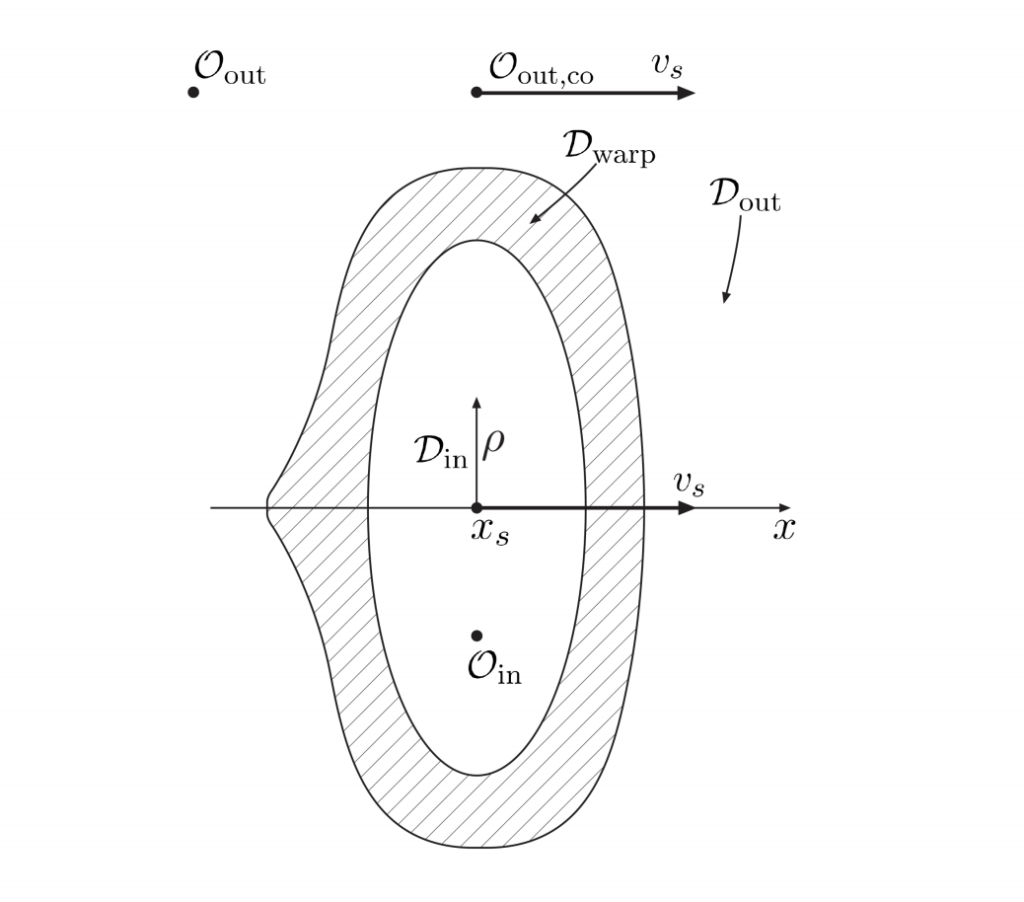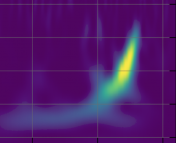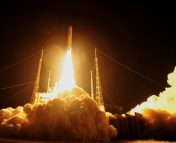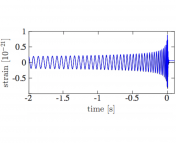Title: Introducing Physical Warps Drives
Authors: Alexey Bobrick, Gianni Martire
First author’s institution: Advanced Propulsion Laboratory at Applied Physics
Journal: Submitted to Classical and Quantum Gravity. Open access on ArXiv.
Disclaimer: The author would first like to publicly state that Black lives and Black Trans lives matter. Secondly, the author condemns all police brutality against people of color. Lastly, the author recognizes that the writing of this article was performed on the stolen land of indigenous people.
Alcubierre Who?
The speed of light is one of the most infamous numbers in all of science. The all-powerful “c” (~3×10^8 m/s) dictates so much of the universe; from how fast photons move between stars to how limited humans are in space travel, the speed of light reigns supreme. According to Einstein’s momentous equation E = mc^2 and the theory of general relativity, going faster than the speed of light requires an infinite amount of energy. While that sounds like an absolute no-go, “warp drives” are a theoretical technology capable of accelerating something past the speed of light boundary.
Contrary to common perceptions, moving faster than the speed of light is allowed by Einstein’s theories. For example, within general relativity, spacetime itself can warp, bend or expand faster than the speed of light — this is likely how the Big Bang happened! Massive objects, on the other hand, face a seemingly uncrossable barrier between traveling at subluminal (less than “c”) and superluminal (greater than “c”) speeds. Consequently, pushing an object with mass over this threshold requires a clever solution to Einstein’s equations such as the “Alcubierre Warp Drive,” first postulated by Miguel Alcubierre in 1994 and popularized by science fiction enthusiasts ever since.
The Alcubierre drive achieves superluminal travel with a relatively simple idea: contract spacetime in front and expand spacetime behind (Fig. 1). But this wild idea falls flat because it is based on the huge assumption that we can even get an object with mass over the speed of light barrier. While the math may work within Einstein’s equations, Alcubierre’s warp drive spacetime is one big hypothetical given the laws of physics within the universe. For example, Alcubierre’s solution requires immense amounts of negative energy, which is only available through exotic processes and in very small quantities within our universe. Bummer!

A Physical Path Forward
Despite the impossibility of the Alcubierre Drive, the authors of today’s paper revisit the idea with a novel solution to Einstein’s equations for superluminal space travel. As shown in Figure 2, the authors devise a warp drive geometry where the passengers sit inside a bubble-shaped warp drive. Inside the bubble, passengers experience a typical passage of time. At the surface of the bubble, a layer of exotic material shields passengers from the warp drive’s gravitational field outside. Beyond the warp bubble, the gravitational field of the drive falls off asymptotically until normal, flat spacetime is reached at further distances. This mathematical construction allows the warp bubble geometry to be grounded within the observed universe.
Accelerating to superluminal speeds requires a lot of energy, but the authors find ways to increase energy efficiency. For example, if passengers in the warp bubble are seated next to each other rather than behind, less energy is required for near speed of light propulsion. Other geometric configurations could actually reduce the required energy to levels achievable by humans. And now we have the math to explore such possibilities!

So is this it? Can we now travel to Proxima Centauri in less than 4 years?? Unfortunately no. While the authors have indeed constructed a much more physical mathematical framework for a warp drive, practical problems remain. It would still require negative energy densities to push the passenger area beyond the speed of light barrier as well as a steady, copious supply of energy/momentum to maintain the warp drive. Also, a big unknown is what type of material would the “warp shield” would even be made out of to allow for time in the passenger area to remain subluminal while the warp bubble itself is accelerating beyond the speed of light. Furthermore, the biggest caveat is that warp drive designs assume general relativity is correct. Maybe there are better descriptions of spacetime that could allow for easier superluminal travel.
While superluminal propulsion may be beyond our grasp, this warp drive design is an extremely promising step towards a future where humans can travel very near the speed of light. The warp bubble construction allows for positive rather than negative energy injection to achieve subluminal speeds up to the speed of light. 80% or 90% “c” is still really fast! Today’s paper has shown that even ideas rooted in science fiction have amazing potential for expanding our scientific knowledge and pushing the envelope of what humans are capable of achieving. Warp speed ahead!
Edited by: Zili Shen
Featured Image Credit: Shutterstock




